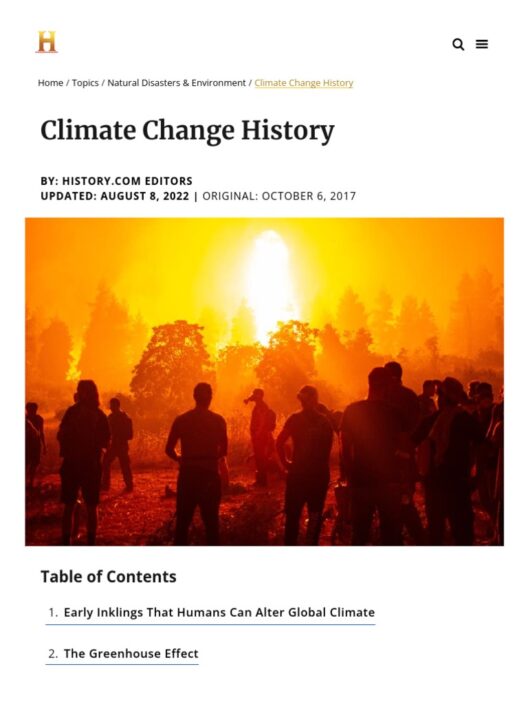India’s climate is as diverse as its vast geography, characterized by a mosaic of climatic zones that influence not only the environment but also the socio-economic fabric of the nation. A careful exploration of this subject reveals the intricate interplay between natural phenomena and human activities, offering a fresh perspective on the climatic realities faced by the subcontinent.
The Indian subcontinent sprawls across a range of latitudes and longitudes, witnessing a multitude of climatic conditions. From the icy heights of the Himalayas to the tropical coastlines of the southern peninsulas, the climate is anything but uniform. This climatic diversity is primarily shaped by the monsoon system, which plays a quintessential role in defining precipitation patterns and temperatures across the nation.
Understanding this complexity necessitates a deep dive into the various climatic regions that India encompasses. This intricate system not only shapes the natural environment but also significantly impacts agriculture, biodiversity, and even the lifestyle of its people. India’s climate can be broadly categorized into four main regions: the tropical, arid, temperate, and alpine.
In the tropical zone, which includes the southern parts of India, an abundance of rainfall contributes to lush greenery and a diverse array of flora and fauna. The coastal regions, influenced by the Arabian Sea and the Bay of Bengal, experience high humidity and temperatures, creating a unique ecosystem that supports agriculture and fishing industries. The rich biodiversity here acts as a cornerstone for local economies, providing sustenance and livelihood to millions.
Moving inland, one encounters the arid and semi-arid regions of western and central India, particularly in states like Rajasthan and parts of Gujarat. Characterized by sparse vegetation and fluctuating temperatures, this climate presents formidable challenges to agriculture. Adaptation strategies, such as rainwater harvesting and drought-resistant crops, have become pivotal for the inhabitants in these locales. These regions serve as a stark reminder of the delicate balance between nature’s provisions and human innovation.
Transitioning further north, India’s temperate zone emerges, especially in states like Himachal Pradesh and Uttarakhand. This region experiences a unique blend of warm summers and cold winters, resulting in distinct seasonal variations. The temperate climate fosters apple orchards and other horticultural practices, enriching the agrarian profile of this area. Snowfall during winter months supports the burgeoning tourism industry, drawing visitors to experience the breathtaking landscapes.
And then, there are the lofty heights of the Himalayas, where an alpine climate reigns. Here, temperatures plummet, and snow covers the peaks, creating an environment that supports a select variety of flora and fauna. The snowmelt serves as a critical water source for rivers that nourish the plains below. This climate zone is crucial for climate studies as it acts as a barometer, reflecting the impacts of climate change on fragile ecosystems.
The monsoon, an omnipresent element of India’s climatic narrative, typically arrives in June and recedes by September. Its impact is profound. The southwest monsoon brings heavy rains to the western coast and northern states, replenishing reservoirs and ensuring agricultural productivity for the year. Adequate rainfall during this period is synonymous with prosperity for farmers; conversely, a deficit can spell disaster, causing droughts that lead to dire economic repercussions.
However, with climate change looming large, modifications in monsoon patterns are becoming increasingly apparent. Erratic rainfall, prolonged droughts, and fierce storms are gradually redefining what India’s climate may look like in the future. Farmers are grappling with new challenges brought forth by climate variability, which threatens to disrupt traditional farming cycles and endanger livelihoods. Moreover, rising temperatures can exacerbate urban heat islands, straining infrastructure and public health.
The urban landscape of India also grapples with climatic challenges, as cities expand and industrial activity intensifies. Increased air pollution, coupled with heat waves and flooding, paints a grim picture for urban dwellers. This calls for a paradigm shift towards sustainable urban planning, renewable energy adoption, and climate-resilient infrastructural development. Initiatives focusing on greenery, efficient waste management, and water conservation practices can significantly alleviate some of these pressing issues.
While the current climate scenarios pose daunting challenges, they also present an opportunity for innovation and resilience. The government, along with various stakeholders, is exploring sustainable agricultural practices, integrated water resources management, and afforestation initiatives, as part of a holistic climate action strategy. There is a growing recognition of indigenous knowledge and practices in mitigating climate impacts, showcasing the importance of community involvement in environmental stewardship.
In conclusion, India’s climate is a complex tapestry woven from diverse ecological threads. Understanding this climate is not merely an academic exercise; it bears significant implications for food security, urban development, and ecological conservation. Recognizing the multifaceted nature of India’s climate is crucial for crafting effective responses to present-day challenges. The journey towards climate resilience necessitates continuity in efforts, innovation in practices, and a commitment to sustainable living for future generations.








